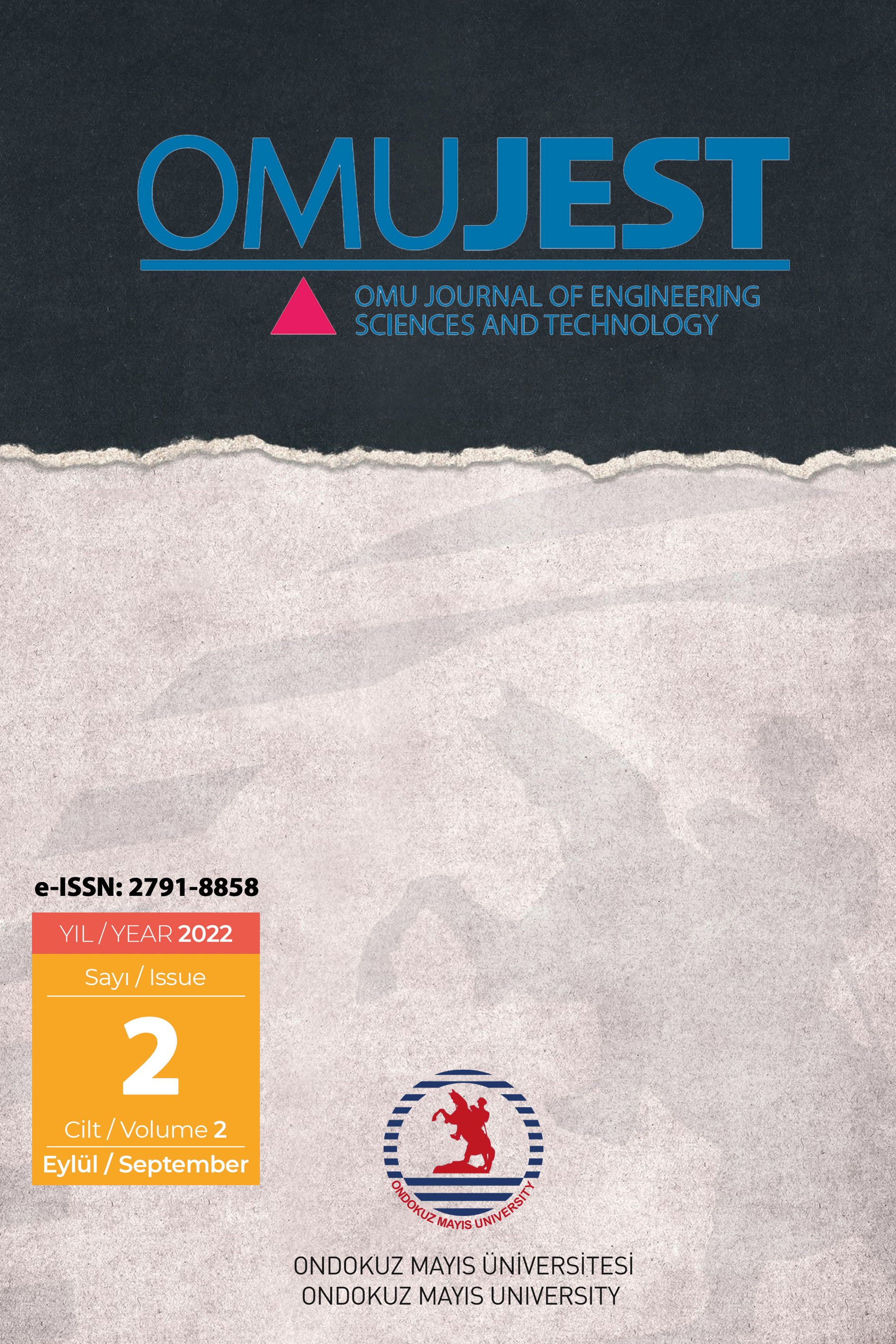INVESTIGATION OF THE EFFECT OF ANODIC OXIDATION TREATMENT PARAMETERS ON THE CORROSION RESISTANCE OF 7075-T6 ALLOY
Keywords:
7075-T6, Anodik Oksidasyon, Korozyon, ANOVAAbstract
In this study, the effects of anodic oxidation parameters on the surface properties and corrosion behavior of 7075-T6 alloy, which has a wide range of uses in aerospace, automotive and defense industries, were investigated. The Taguchi method was applied in the experimental designs, and the obtained data were analyzed comparatively with ANOVA analysis. In the anodic oxidation process, 22V voltage, 180 g/lt H2SO4 bath concentration were kept constant, current density (A/dm2), temperature (oC) and time (min) parameters were determined as variable and the experimental design was made accordingly. As a result of the experimental studies, it was determined that the anodic oxidation process increased the surface roughness and the lowest surface roughness value was obtained with 1.5A/dm2 current density, 4 oC temperature and 140 min process parameters. It has been determined that there are unclosed pores and microcracks in the oxide layer formed by the anodic oxidation process. As a result of the fixation process to increase the corrosion resistance, it was observed that these open pores were closed to a large extent. As a result of the tests carried out in accordance with the ASTM-G34 standard to determine the corrosion resistance, the anodic oxidation process increased the corrosion resistance, however, in the visual evaluations made as a result of the corrosion test, severe exfoliation and pitting corrosion effects were observed in the uncoated sample (EC), while the exfoliation and pitting corrosion effects observed in the anodic oxidation treated samples were observed. It was determined that it was at the lowest level (EA) and no corrosive effect was observed in some samples (N). As a result of comparative studies and ANOVA analyzes, 1.5A/dm2 current density, 4 oC temperature and 140 min treatment time parameters were determined as the process parameter in which the highest corrosion resistance of the oxide layer was obtained.




